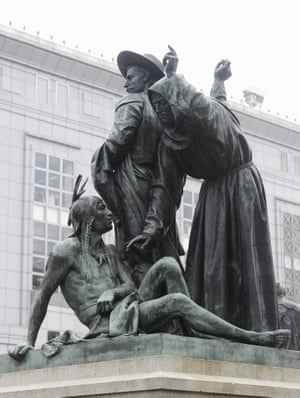Debating the history of the Stonewall Riots
As we approach the 50th anniversary of the famous New York riot that is credited with having given birth to the modern LGBT rights movement in the US, much has been written about the popular history of the event and how it is remembered. In addition, there was a 2015 movie about Stonewall that drew a lot of criticism because of its portrayal of the event. This issue raises a lot of interesting questions about history, how it is written and how it is remembered. It also raises interesting questions about the historical accuracy of movies and what responsibility artists have to being historically accurate.
Who Threw the First Brick at Stonewall? Let’s Argue About It
It shouldn’t surprise anyone that the internet can spread misinformation, but why had this particular fantasy of Stonewall taken on such importance in the queer imagination?
To find out, I interviewed people who participated in the Stonewall uprising, historians who had devoted years to studying L.G.B.T.Q. history and contemporary queer writers. It turns out that it wasn’t just the question of who threw the first brick: Apparently no one can agree on almost anything about Stonewall.
Gay rights activists give their verdict on Stonewall: ‘This film is no credit to the history it purports to portray’
Roland Emmerich’s film about the 1969 riots has been labelled an offensive whitewash by many critics and campaigners. So what do some of those who were actually there at the time make of it?
Promoting the film, Emmerich defended both his narrative decisions and choice of lead, saying that he’d made the movie for as wide an audience as possible, and that “straight-acting” Danny was an “easy in” for heterosexual viewers.
https://www.theguardian.com/film/2015/sep/25/stonewall-film-gay-rights-activists-give-their-verdict
I was at the Stonewall riots. The movie ‘Stonewall’ gets everything wrong
But “Stonewall” is uninterested in any history that doesn’t revolve around its white, male, stereotypically attractive protagonist. It almost entirely leaves out the women who participated in the riots and helped create the Gay Liberation Front, which included youth, trans people, lesbian separatists and people from all other parts of the spectrum of our community.




